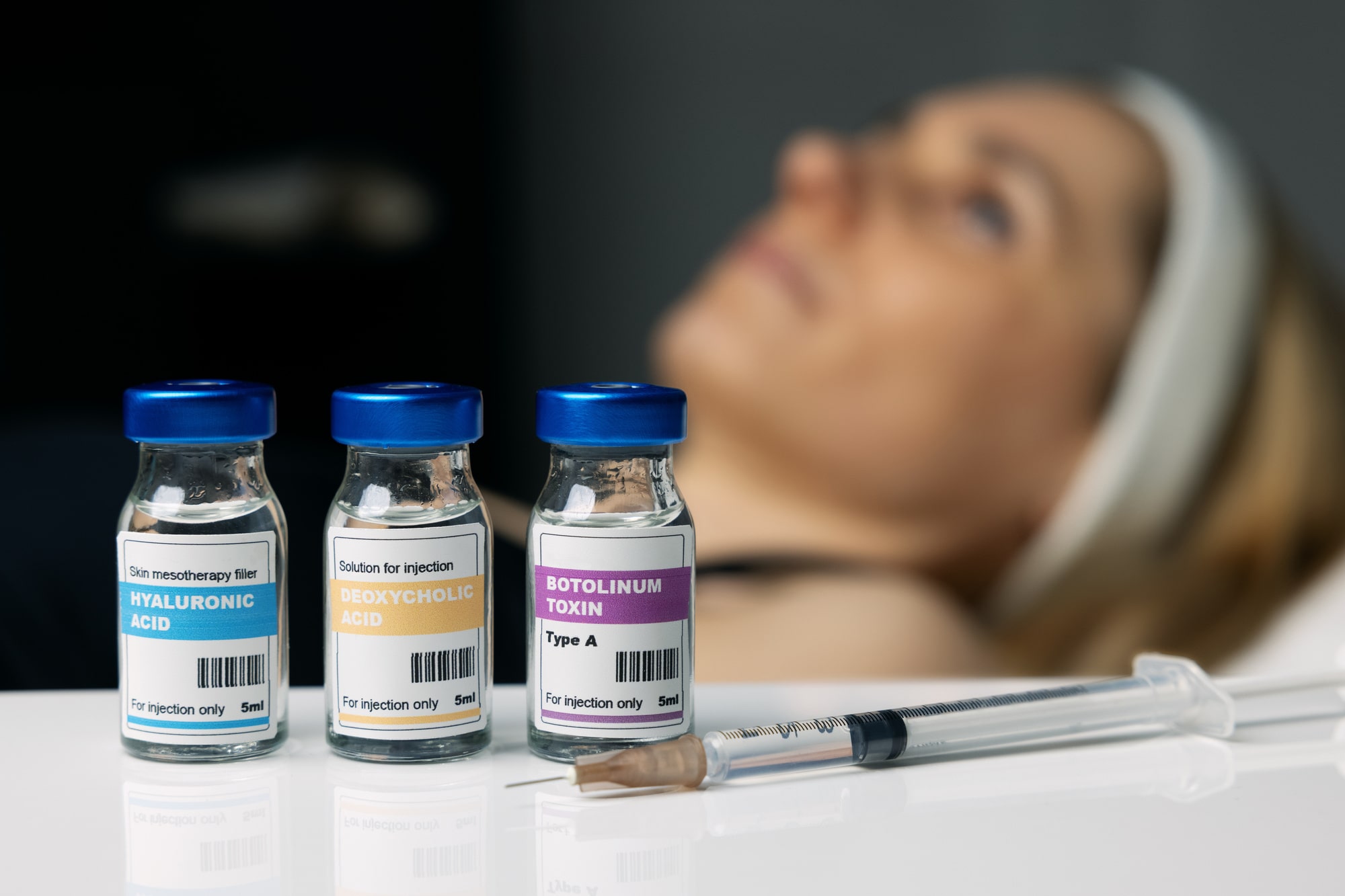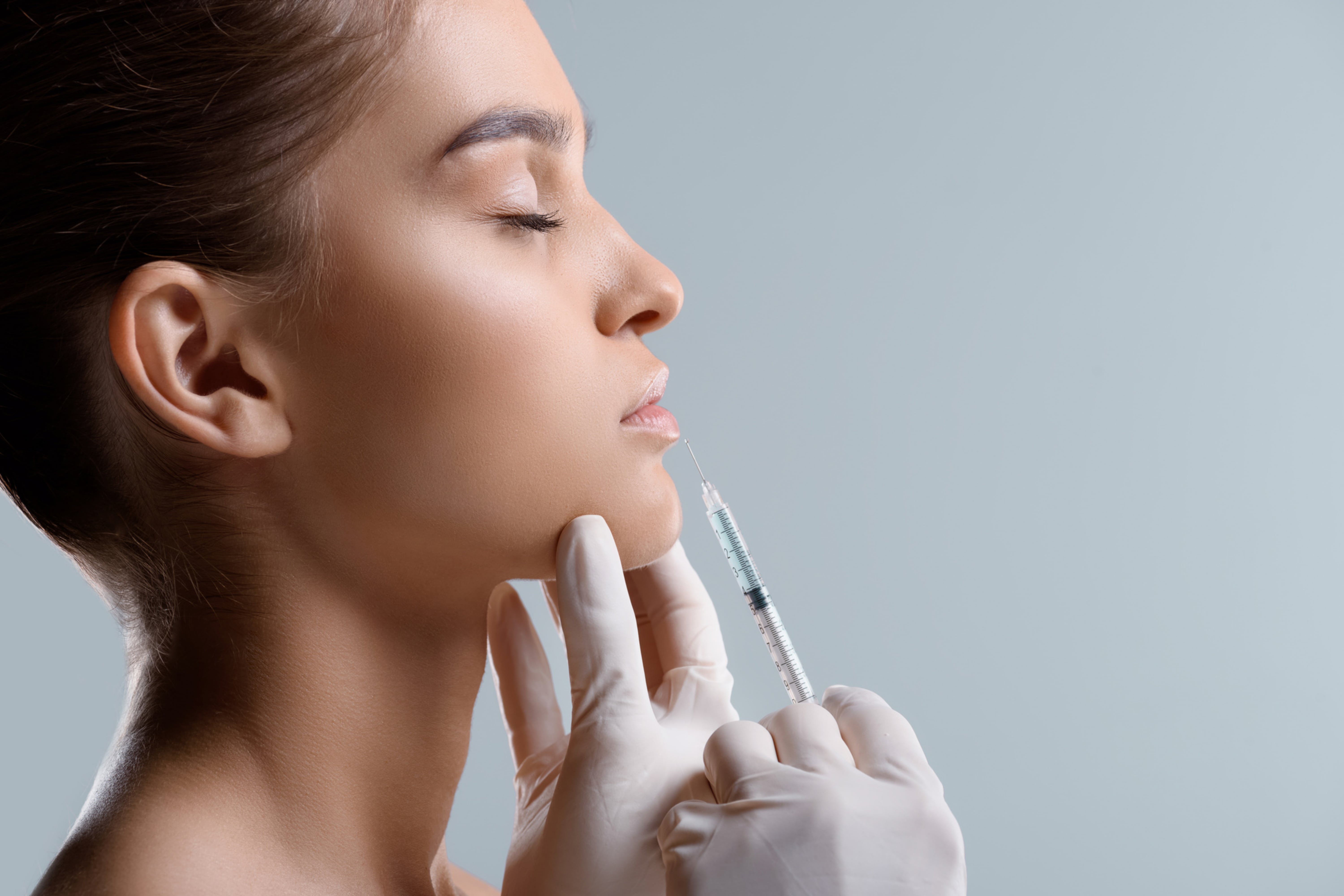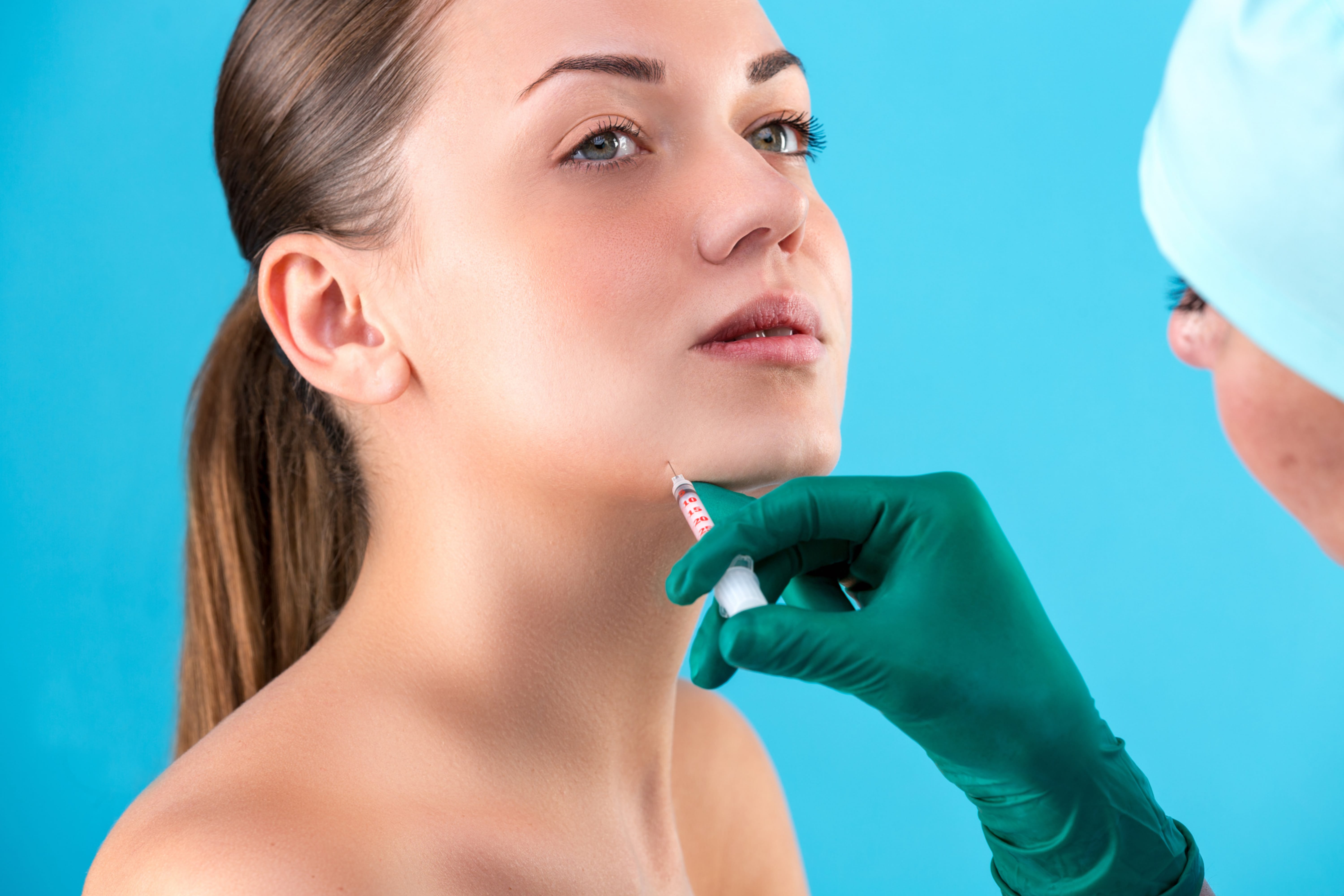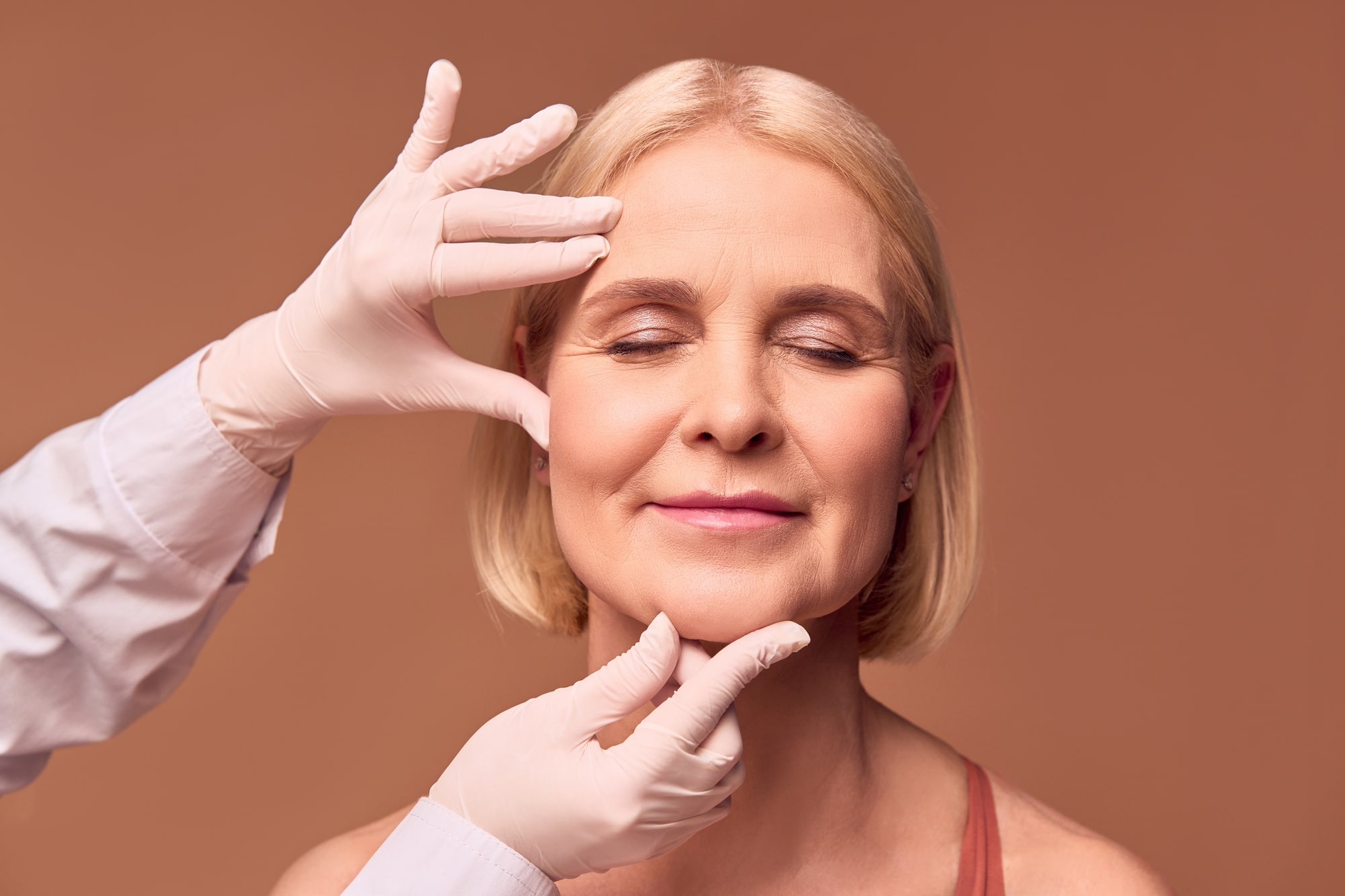Welcome to the world of Botox! Whether you’re looking to turn back the clock or simply curious about what Botox can do, you’re in the right place. Understandably, taking the first step sparks both anticipation and a host of questions.
To help you out, this guide will walk you through the essentials, ensuring you make a well-informed decision and prepare you for your initial Botox treatment.
What Is Botox and How Does It Work?
Botox is more than a buzzword in beauty circles; it’s a significant advancement in aesthetic science. This purified form of botulinum toxin temporarily paralyzes the muscles it’s injected into. By precisely targeting specific facial muscles, Botox acts as a blockade against the nerve signals that lead to muscle contractions. This intervention allows your muscles to ease into a state of relaxation, smoothening the skin above and softening the appearance of wrinkles and fine lines.
Botox is primarily used to treat dynamic wrinkles, which are caused by repeated facial expressions such as frowning, squinting, or smiling. Typical areas for Botox treatment include the forehead, between the eyebrows, and around the eyes, known as ‘crow’s feet.’
Additionally, the application of Botox for the lower face has gained increasing popularity. Many now turn to treatments like Botox for jaw slimming to achieve a softer jawline and a more feminine facial profile.
The Effects and Duration Of Botox
Patience pays off with Botox. While you won’t see changes immediately, the full effects typically shine through after three to seven days. The duration of Botox effects can vary, typically ranging from three to six months, influenced by factors including the person’s metabolism, the specific area treated, and the quantity of Botox administered.
It’s important to note that Botox is a temporary solution, and the wrinkles and fine lines will gradually reappear as the effects wear off. To maintain the results, you’ll need to schedule regular follow-up treatments with your provider.
Choosing a Qualified Provider
When it comes to Botox, it’s vital to choose a qualified and experienced provider. Botox should only be administered by a licensed healthcare professional, such as a dermatologist, plastic surgeon, or a trained nurse injector working under the supervision of a physician.
During your initial consultation, don’t hesitate to ask about the provider’s qualifications, experience, and the specific techniques they use. A reputable provider will be transparent about their credentials and happy to address any concerns you may have.

Preparing For Your Botox Appointment
Before your Botox appointment, there are a few things you can do to ensure a smooth and successful treatment:
- Avoid Alcohol and Certain Medications: To minimize the likelihood of bruising, steer clear of alcohol and medications such as blood thinners and anti-inflammatory drugs for several days prior to your session.
- Don’t Wear Makeup: Arrive at your appointment with a clean, makeup-free face to allow the provider to properly assess your facial muscles and mark the injection sites.
- Be Honest About Your Medical History: Full transparency with your provider about your medical history, including all medications, allergies, and past cosmetic procedures, is critical for a safe and effective treatment.
By following these guidelines, you’re setting the stage for a smoother procedure and optimal results.
The Botox Treatment Process
Undergoing Botox treatment is a relatively quick and painless experience. Here’s a detailed breakdown of what to expect:
- Consultation and Marking: Your session begins with a thorough consultation, where your provider will evaluate your facial structure and dynamics to align with your beauty aspirations. With a washable pen, they’ll then mark the strategic areas on your face, ensuring Botox is applied where it can create the most balanced and natural-looking enhancements.
- Numbing Cream (Optional): While Botox injections are generally not painful, some individuals may have a lower pain threshold. In such cases, your provider might offer to apply a topical numbing cream to the areas to be treated, ensuring a more comfortable experience. This step is optional and based on your personal comfort and provider’s recommendation.
- Injections: The core of the process involves the careful injection of Botox into the marked areas using a fine needle. This step is quick and typically involves minimal discomfort. The exact number of injections depends on the areas being treated and the desired effects, aiming to relax the muscles and reduce the appearance of wrinkles.
- Post-Treatment Instructions: After the injections, your provider will give clear post-treatment guidelines. These may include avoiding rubbing the treated areas, staying upright for a certain period, and refraining from strenuous activities for the rest of the day. Following these instructions is crucial to maximize the benefits of your treatment and reduce the likelihood of side effects.
By understanding each step of this process, you can look forward to achieving a refreshed and more youthful appearance with minimal downtime.

Potential Side Effects and Risks
Like any medical procedure, Botox carries some potential side effects and risks. The most common side effects are temporary and usually mild, such as:
- Bruising or swelling at the injection site
- Headache
- Drooping or asymmetry in the treated area (usually temporary)
- Although uncommon, more severe side effects can occur, including:
- Muscle weakness
- Vision problems
- Difficulty swallowing or speaking
It’s essential to follow your provider’s post-treatment instructions carefully and report any concerning side effects immediately.
Realistic Expectations and Limitations
While Botox can effectively reduce the appearance of wrinkles and fine lines, it’s important to have realistic expectations. Botox cannot completely eliminate all signs of aging, nor can it replace the need for other skin care treatments or a healthy lifestyle.
Additionally, Botox isn’t recommended for certain types of wrinkles, such as those caused by sun damage or loss of volume (static wrinkles). In these cases, your provider may recommend alternative treatments or a combination of treatments.

Cost and Maintenance Of Botox Treatments
The cost of Botox treatments can vary depending on the provider, the geographic location, and the number of units required. On average, Botox treatments can range from a few hundred dollars to over a thousand dollars per session.
It’s worth noting that Botox is a temporary solution, and you’ll need to schedule follow-up treatments every three to six months to maintain the results. This means that the costs can add up over time, so it’s essential to factor this into your budget and decision-making process.
Conclusion
Botox offers a promising and relatively low-risk option to diminish fine lines and wrinkles, enhancing your natural beauty with a touch of science. However, it’s crucial to approach Botox treatments with realistic expectations, choose a qualified provider, and follow all pre- and post-treatment instructions carefully.
With proper guidance and maintenance, Botox can help you achieve a refreshed, more youthful version of yourself.
[wp-faq-schema title=”Frequently Asked Questions”]
